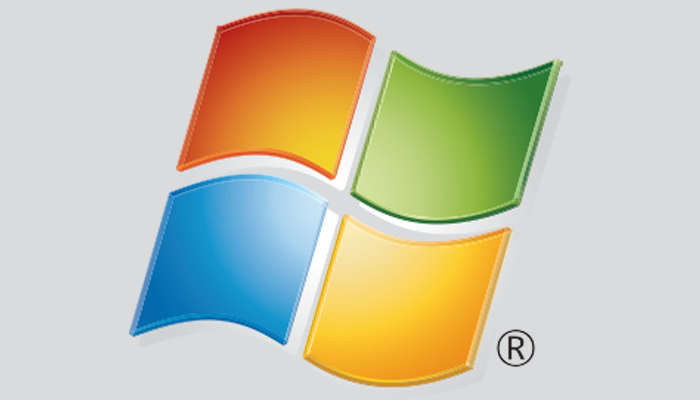
Windows 7 End of Life: How does it impact you
Microsoft has officially announced the “End of Life” date for Windows 7. It will come January 14, 2020. Windows 7 was introduced in 2009 and is one of the most popular versions of Windows. It is estimated that around 40% of Windows OS is 7. So, if you are one of the Windows 7 users, read this blog to understand how this end of life announcement impacts you and what you should be doing.End of life means, beyond January 2020, users of Windows 7 will not get any updates, security patches, or any kind of support from Microsoft. Does this mean you need to scrap all your devices that run on the Windows 7 OS? Technically, the answer is no.You can still continue to use your existing computer with Windows 7 OS, but it won’t get the free security patches and updates. This makes your computer and possibly your whole IT network vulnerable to malware and other IT security threats. Plus, as a business, running Windows 7 OS without the security patches and updates is not really an option as it creates liabilities in the event of data theft. Also, you may be inadvertently violating regulations by using an OS that’s officially declared vulnerable to security threats. In short, running Windows 7 without the support is not really an option for businesses.
So, what should you be doing? First off, make sure you download Microsoft’s most recent Windows 7 update, because if you don’t run the most recent update, you will lose Microsoft support 6 months earlier--in July 2019. You can download the update here.
Apart from this, you can buy extended support for Windows 7 from Microsoft. The extended support will be available until 2023. An MSP who is an authorized Microsoft reseller or partner will be able to tell you more about this option and the pricing, in particular.
In the long run, however, you will have to migrate to a newer, supported version of Windows. Learn more about your options in the face of end of life of Windows 7, in our next blog post.

No comments:
Post a Comment